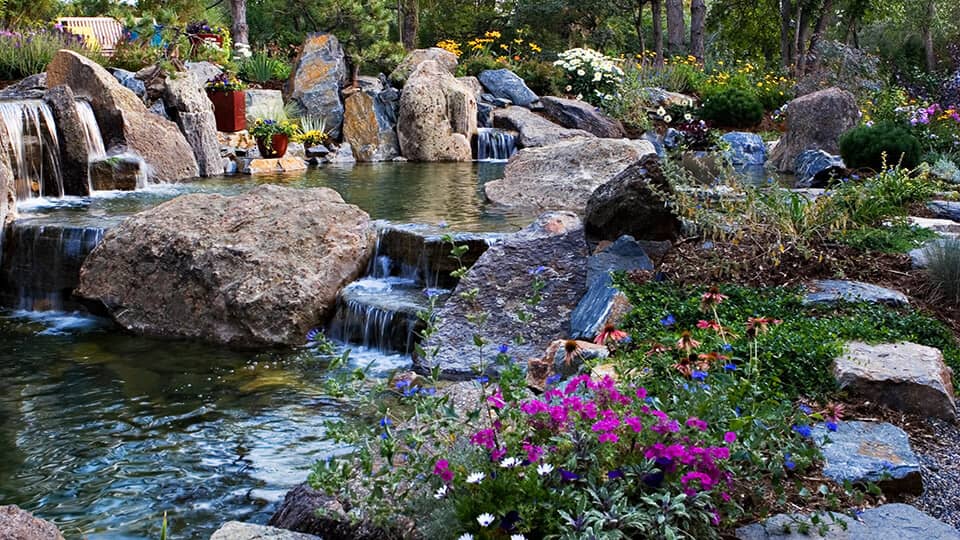
How to Choose the Best Plants for Water Features
Updated on: March 23, 2023
What could be more tranquil and calming than a gorgeous water feature in your backyard? Whether you are creating an oasis rich with lush plants and seasonal florals, or looking for the perfect accent to a minimalist design, choosing the best plants for your water feature is crucial in achieving the desired effect. However, with so many varieties of aquatic and marginal vegetation available to choose from, it can be overwhelming when trying to decide which ones are right for you. Fortunately, this guide will provide helpful tips on selecting plant types and successfully incorporating them into your water garden. Find out why these beautiful additions are essential components of any successful landscape project!
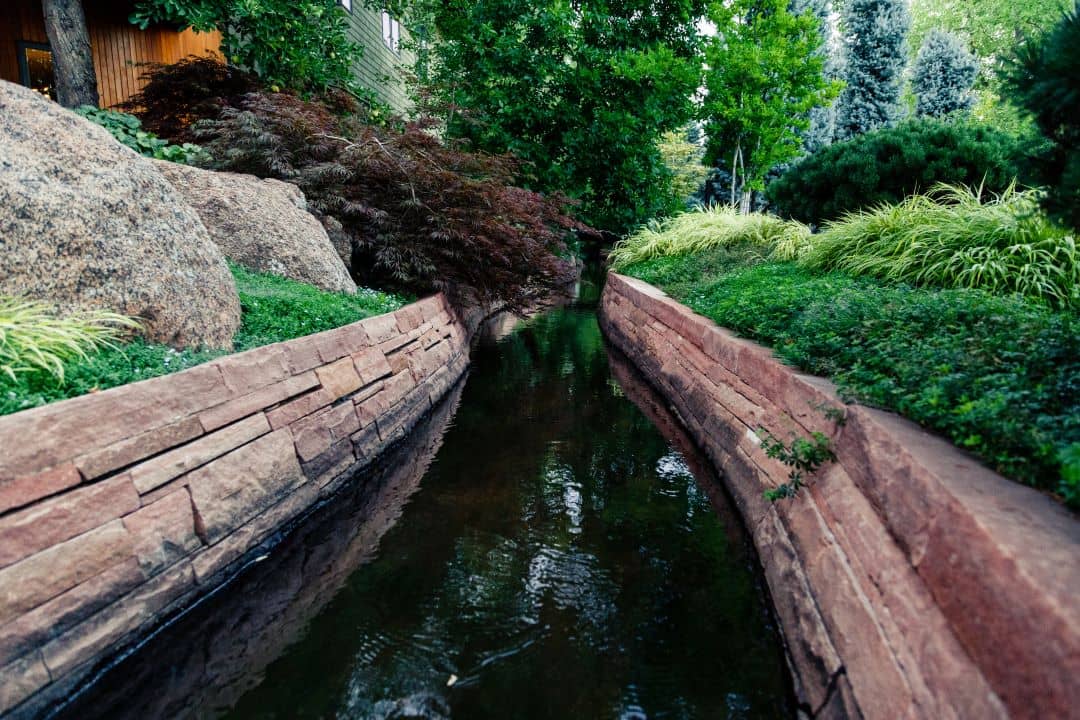
Consider the Size of Your Water Feature
Did you know that larger features may require more robust plants? When planning the perfect water feature for your outdoor living space, it is essential to consider the size and scale of the water feature itself as it directly impacts the kind of plant life that will complement it. Larger water features demand more robust and sturdy plants that can thrive against the backdrop of cascading water and increased moisture. It’s important to carefully select flora that will not only withstand the conditions surrounding the water feature but also enhance its overall visual appeal while maintaining a healthy balance within the ecosystems it supports. Whether you are designing a serene pond or a grand waterfall, choosing the right mix of plants will ultimately be the key to creating a stunning and harmonious water feature the entire family can enjoy.
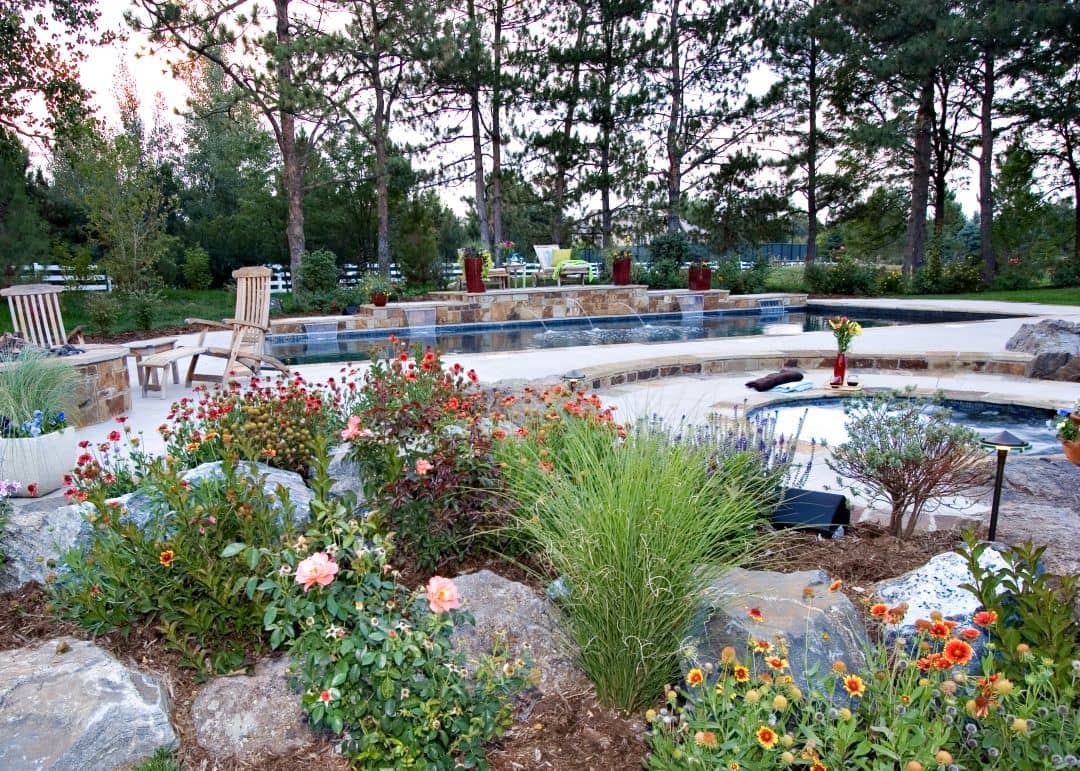
Choose Plants with Colors that Match the Natural Environment
Creating a harmonious and visually appealing garden begins with selecting plants that blend seamlessly with their natural surroundings. This delightful synergy can be achieved by considering the colors in the environment and picking complementary shades for your flora. For example, imagine a desert landscape where warmer tones of oranges, yellows, and reds mimic the hues of sunbaked earth and rocks. Or, picture a lush forest setting where verdant greens and cool blues echo the pillowy mosses and babbling brooks. In each case, the carefully curated palette of plants reflects the essence of the landscape, unifying the garden with its natural context. This approach enhances the overall aesthetic appeal and promotes a serene atmosphere in which both the garden and its visitors can truly thrive.
Plants with Interesting Textures and Shapes
Exploring the world of plants can lead to astonishing discoveries, especially when you focus on the vast array of exciting textures and uncanny shapes they possess. While strolling through a botanical garden or trekking in a dense forest, let your imagination roam free as you spot the perfect example of Mother Nature’s artistry. Marvel at the intricate patterns on a fern or the ribbed surface of a cactus, or examine the stunning symmetry of an artichoke’s tightly overlapping leaves. Revel in the whimsy of a fiddle-leaf fig’s playful wavy edges and witness the exotic beauty of a snake plant’s bold, upright foliage. Be captivated by the vivid colors and velvety textures of the tropical pitcher plant, as it lures insects in with an alluring charm. By pursuing plants with distinctive features, you’ll find countless unique specimens as you embark on exciting adventures while acquiring a deeper appreciation for our planet’s splendid biodiversity.
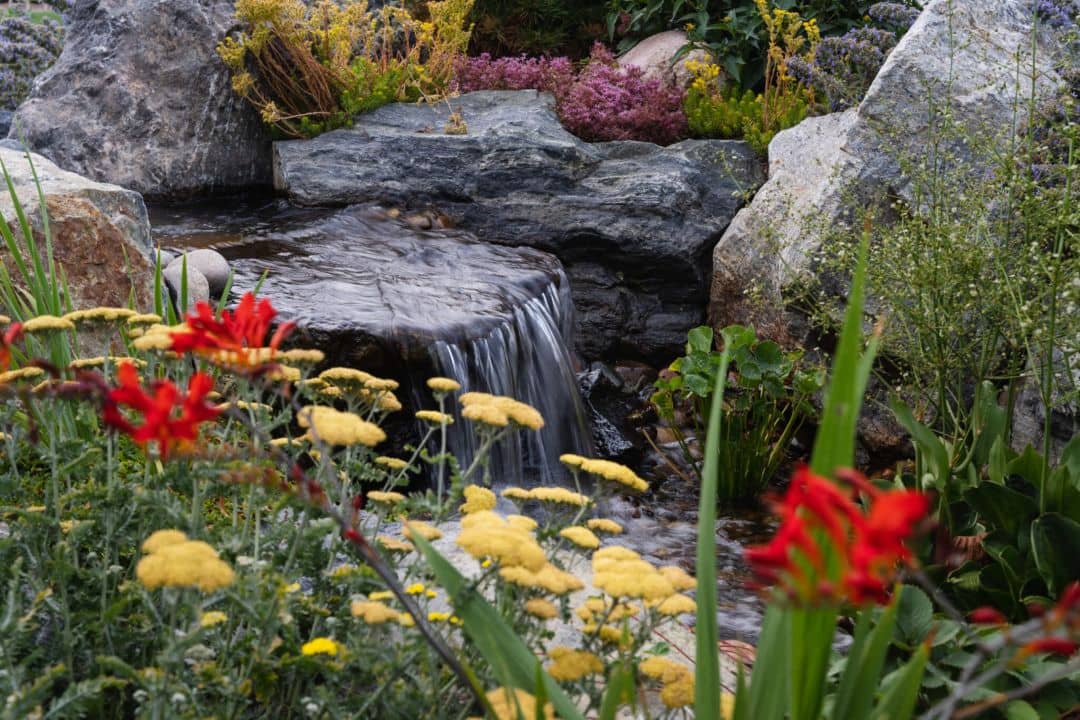
Native Species to Boost Biodiversity
Embracing the beauty and importance of native species in our gardens and landscapes can significantly impact the environment and improve biodiversity. By choosing native plants, we are not only enriching our surroundings with a unique and diverse ecosystem, but also providing essential habitats for local wildlife, such as pollinators, birds, and other organisms. In addition, these native species have evolved over thousands of years to flourish in specific regions, making them more resilient and adaptable to the local climate and soil conditions. Moreover, their deep-rooted connections with the local ecosystem mean they require fewer resources, like water and fertilizers, and help to prevent the spread of invasive non-native species. So, when planning our water features, let’s consciously prioritize native species and let nature take care of the rest, creating a more vibrant, healthy, and sustainable environment for all to enjoy.
Maintenance considerations
A well-curated water feature can dramatically transform the aesthetics of any home or property, but what often goes unnoticed is the importance of considering the maintenance of the aquatic plants. It’s essential to select various plants that suit your lifestyle and abilities, striking the perfect balance between visual appeal and sustainability. By incorporating low-maintenance plant species, you can reduce the time and effort spent on upkeep, allowing you to enjoy your landscape rather than constantly tending to it. However, this doesn’t mean you should shy away from those intricate and delicate plants that can elevate your feature to the next level – mixing high-and-low-maintenance plants can create visual interest and dynamic contrast in your water feature. The key is crafting an intelligent design that harmoniously blends both plant types, ensuring a breathtaking and manageable landscape all year round.
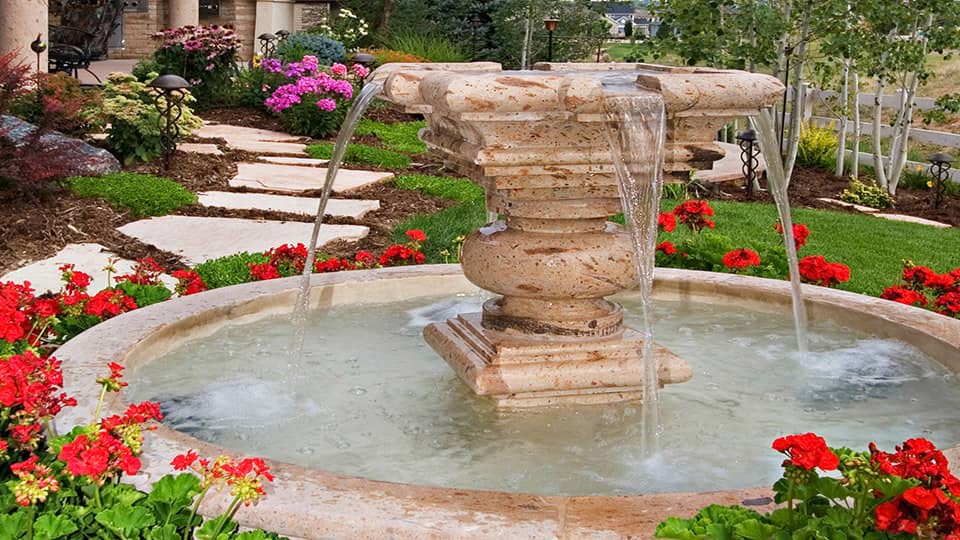
Other Tips
When you’re considering the best plants for a water feature, there are many factors to consider. Whether you opt for a more natural-looking lake or pond environment or choose to go down the route of a contemporary and sophisticated approach, it’s important to carefully select plants that will thrive in their aquatic setting. For example, hardy plants such as water lilies and reeds can cope better with environmental fluctuations and provide your pond with oxygen, whilst marginal and bog plants not only give ground cover that fish may find comforting but also offer an aesthetic beauty to any water scheme. Keep in mind too that foliage and flowers should be given plenty of width in the aquatic space so they can naturally reach out and showcase their beautiful blooms while looking great year-round.
How We Can Help
With all these varieties of water-based plants and flowers, one can make a tasteful assortment with any installed water feature. You can have a minimum spread for a modern based waterfall. Or make a lovely bouquet around the shore of a small pond. EDI is here to serve you, making sure you pick the right plants and flowers that can promote a high rate of oxygen admission and provide algae and nutrients to other plants and aquatic life.
By taking the time to research your desired scheme in great detail, you will ultimately be rewarded with a beautiful water feature in your garden that will last all year long! When it comes to designing your perfect landscaping escape, trust EDI – experts in all areas of landscape design so you can achieve the result you want. Our residential, commercial landscape designers and maintenance techs can provide the guidance you need. Contact us today and let us be part of your journey!

